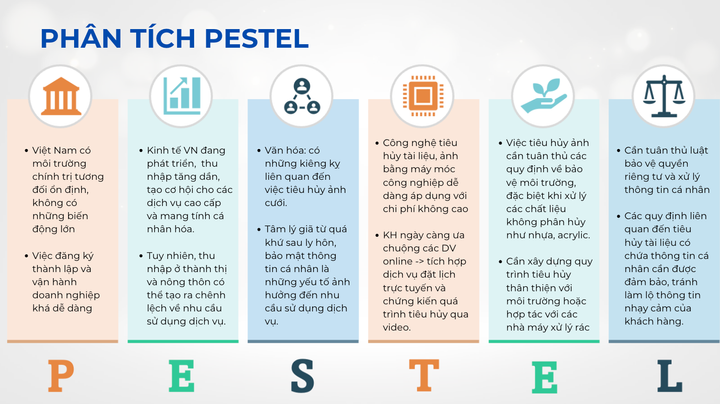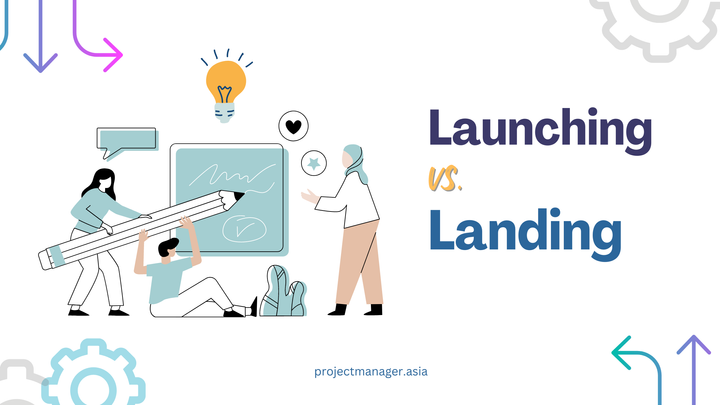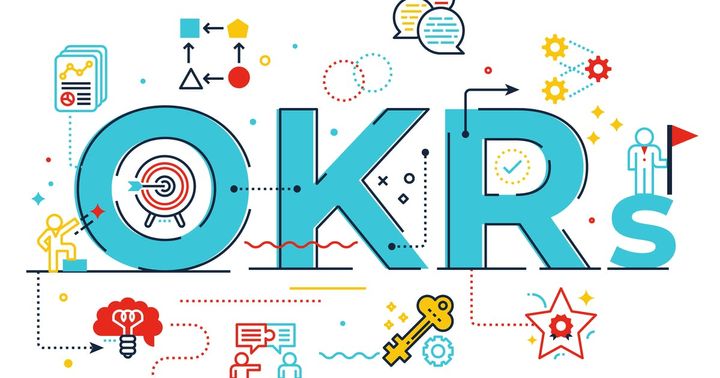Mastering Project Scope Definition: The Art of Gathering Information

As a seasoned project manager, I understand that the initial steps in any project are often the most crucial. One of the most critical tasks in project management is defining the project's scope, and this begins with gathering the right information. In this blog post, we'll explore the art of gathering information to define project scope, a skill that is pivotal to the project's success.
Why Defining Scope Matters
The scope of a project serves as its foundation, determining what is to be accomplished and what is not. A well-defined scope is like a roadmap that guides the project team and stakeholders toward the project's goals. Without a clear scope, a project can easily spiral out of control, leading to confusion, scope creep, missed deadlines, and budget overruns.
The Importance of Gathering Information
Gathering information is the cornerstone of effective scope definition. To create a comprehensive scope statement, you must have a deep understanding of the project's objectives, constraints, and requirements. This information is vital for setting realistic expectations, allocating resources, and ensuring that the project delivers value.
Strategies for Gathering Information
Here are some strategies that I, as a project manager, have found to be highly effective for gathering information to define project scope:
- Engage Stakeholders Early and Often:
Imagine you're managing a software development project for a new e-commerce platform. Early engagement with stakeholders, including business owners, marketing teams, and technical experts, is essential. By conducting interviews and workshops, you can ask questions like "What are your primary business objectives for this e-commerce platform?" and "What features do you believe are crucial for success?" - Conduct Interviews:
Let's take the example of a construction project. In this case, interviewing the client, architects, engineers, and contractors is key. Ask open-ended questions like "What are your top priorities for this construction project?" and "Are there any specific architectural elements or materials you envision for the final build?" - Review Existing Documentation:
Suppose you're managing a marketing campaign. Reviewing existing marketing plans, market research reports, and past campaign performance data is essential. These materials can reveal valuable insights about target audiences, campaign objectives, and successful strategies. - Utilize Workshops:
For a product design project, organizing design thinking workshops with designers, engineers, and user experience experts can help gather requirements. In a collaborative workshop, participants can sketch out ideas, discuss design elements, and explore potential user interactions. - Ask Open-Ended Questions:
When working on a research project, open-ended questions are indispensable. Ask questions like "What are the main research objectives?" and "What challenges or limitations do you foresee in this research?" This encourages researchers to provide detailed insights. - Document Thoroughly:
Regardless of the project, thorough documentation is vital. In the case of a manufacturing project, detailed records of product specifications, quality standards, and production processes should be maintained. This documentation serves as a reference point throughout the project. - Verify and Validate:
Revisiting and validating project scope is essential. For an IT project, such as software development, regular validation of requirements with the client is crucial. It ensures that the evolving scope aligns with changing stakeholder expectations and technological advancements.
Scenario:
Imagine that you're a project manager in an interior design firm, and your client contacts you with a vague request to "reimagine the office space" before abruptly ending the call without providing further details.
Questions to Define the Scope:
Stakeholders:
How did you arrive at the decision to reimagine the office space?
Understanding the client's motivation for the project can provide valuable insights into their objectives.
Did the request originate from a specific department, senior management, or other stakeholders within your organization?
Identifying the source of the request helps in pinpointing primary stakeholders and their expectations.
Who will be the ultimate decision-maker to approve the scope and design concept for the project?
Defining the approval authority ensures clarity in the decision-making process.
Goals:
What is the driving force behind reimagining the office space?
Understanding the core reason for the project helps in framing its purpose and objectives.
What aspects of the current office space are causing issues or inefficiencies?
Identifying pain points in the current workspace provides insights into areas that need improvement.
What is the desired end result or goal you hope to achieve through this project?
Defining the expected outcomes sets clear project objectives.
Deliverables:
Which specific areas or departments within the office space are targeted for reimagination?
Specify the locations within the office space that require updates.
Can you provide more details on what aspects of the office space need reimagining – layout, furniture, decor, or functionality?
Clarify whether the project involves a comprehensive overhaul or specific elements.
Does the project entail a major renovation, a light makeover, or a complete redesign?
Determine the scale and scope of the changes required.
Resources:
What resources will be required for this project in terms of materials, equipment, and personnel?
Identifying the necessary resources helps in effective resource allocation and project planning.
Will there be a need to engage external contractors or specialists, such as interior designers or construction professionals?
Determine if external expertise is necessary for the project's successful execution.
Do we need to secure floor plans and obtain any building permits or approvals
Ensuring compliance with legal and regulatory requirements is essential.
Budget:
What is the allocated budget for this project, and is it a fixed budget or flexible
Establishing budget constraints is vital for managing project costs effectively.
Schedule:
How much time do we have to complete the project, and are there specific deadlines to consider?
Defining the project timeline and any critical milestones is crucial for project planning.
When is the ideal project completion date, and are there any specific milestones that need to be met along the way?
Specify the expected timeline and any interim project deadlines.
Flexibility:
What degree of flexibility exists in case of unforeseen issues or changes in project direction?
Understanding the project's flexibility helps in planning for contingencies.
In the event of trade-offs, what is the highest priority: adhering to the project timeline, staying within the budget, or ensuring that the results meet specific quality standards?
Clarify the client's priorities to effectively manage expectations.
These questions will help you gather the necessary information to define the scope of the office space reimagination project and ensure a successful and aligned project outcome.
Conclusion
The ability to gather information effectively is a hallmark of an exceptional project manager. By mastering the art of gathering information and asking the right questions, you lay the groundwork for a successful project. Practical examples demonstrate how applying these principles in various project scenarios can help minimize misunderstandings and maximize the chances of delivering value to your stakeholders. Remember, project scope is the blueprint that shapes your project's destiny – so make sure it's crafted with care and precision.



Comments ()